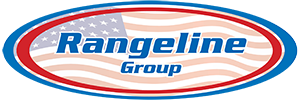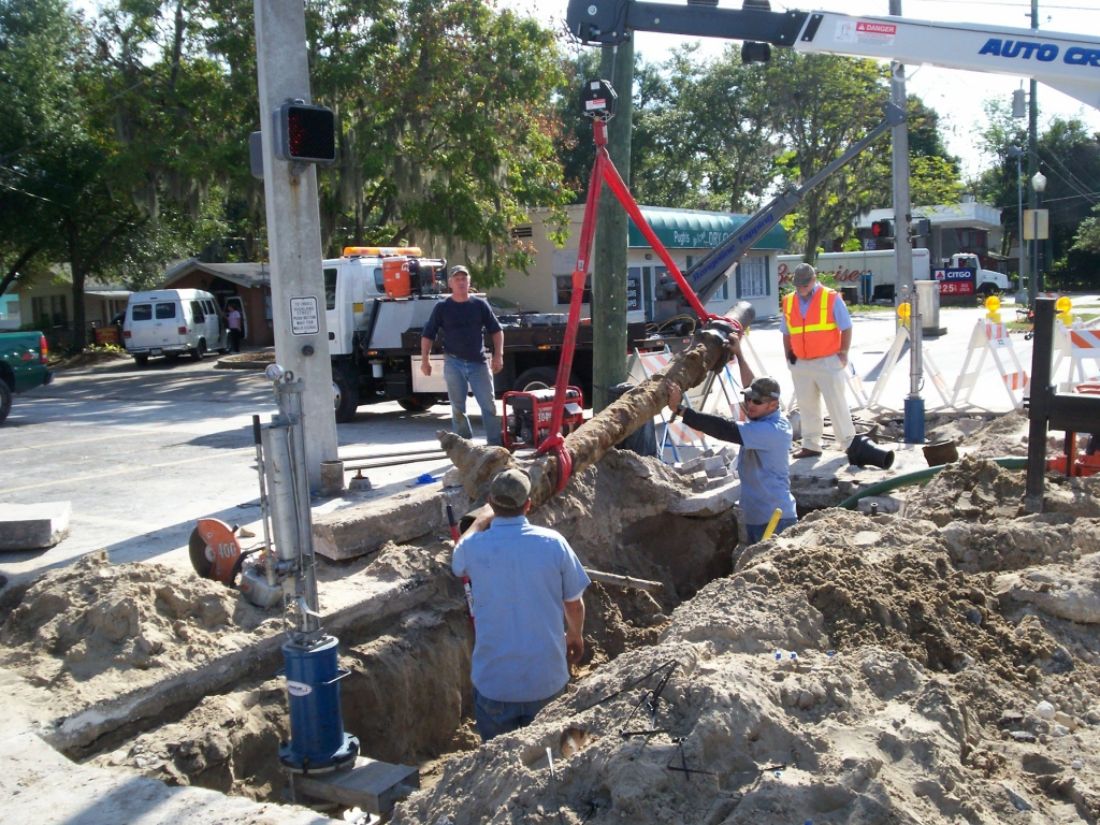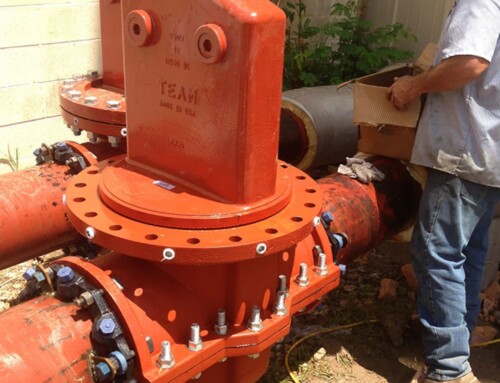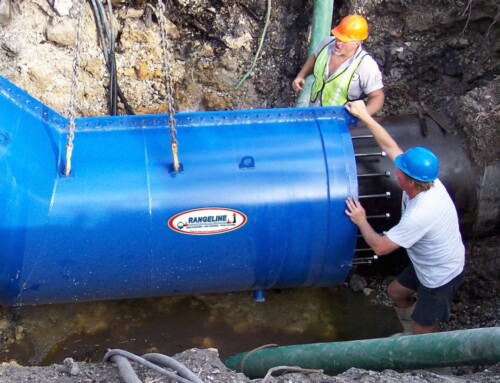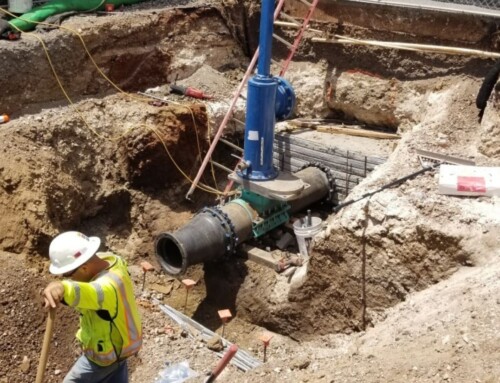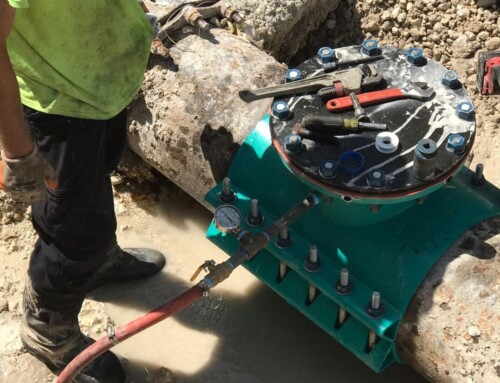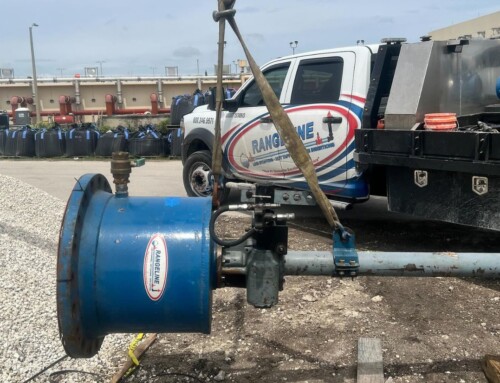As infrastructure ages, water main systems become increasingly prone to a variety of issues that can lead to decreased efficiency, costly repairs, and service disruptions. In light of this, municipalities across the globe are seeking out effective, cost-efficient, and long-lasting water main rehabilitation alternatives to traditional replacement methods. We’re here to take a look at some of the best solutions available to help tackle these challenges head-on.
Trenchless Pipe Rehabilitation Options
Trenchless technology is transforming the field of water main rehabilitation, offering innovative, non-invasive methods for repairing and replacing underground pipelines. By minimally disrupting the surrounding environment, these technologies save time, money, and resources while providing long-lasting results. Below are some trenchless water main rehabilitation alternatives to consider.
Cured-In-Place Pipe (CIPP) Lining
One of the more popular trenchless methods, CIPP linings, involves the insertion of a resin-coated, flexible liner into the broken pipe. The resin cures in place, which forms a seamless, corrosion-resistant pipe inside of the old one that’s much more durable. With minimal excavation required, CIPP lining is a quick and cost-effective solution for water main rehabilitation projects.
Pipe Bursting
Pipe bursting is another trenchless solution suited for heavily damaged or undersized water mains. This innovative technique employs a hydraulic bursting head that fractures the existing pipeline while simultaneously pulling a new pipe in place. As a result, pipe bursting can effectively replace a damaged water main with minimal impact on the surrounding area.
Sustainable Water Main Rehabilitation Solutions
Of course, sustainability plays an essential role in modern infrastructure planning and design. As such, we also want to look at some eco-friendly water main rehabilitation alternatives that’ll create more resilient systems while also reducing the environmental footprint of these projects.
Slip Lining
Slip lining starts with the insertion of a smaller pipe inside the existing water main to create a new, water-tight conduit. This rehabilitation process contributes to a more eco-friendly and sustainable water main system by using materials like high-density polyethylene (HDPE) and polyvinyl chloride (PVC).
Pressure Reducing Valve (PRV) Installations
PRV installations target a crucial factor affecting water main longevity: excessive pressure. By managing pipeline pressure and reducing the likelihood of pipeline bursts and leaks, PRVs extend the lifespan of existing water mains and minimize the need for future repair or rehabilitation interventions.
Choosing the Right Rehabilitation Strategy
There is no one-size-fits-all solution when it comes to water main rehabilitation. Each situation requires a thorough examination of the existing infrastructure, problem diagnosis, and a customized approach that aligns with budgetary constraints and environmental considerations.
Rangeline Group is here to help if you need a water main line stop at any point during your rehabilitation process. Our line-stopping services are the best way to ensure installations go smoothly without any sort of leaks or large-scale problems. Learn more about how we can assist you today.
